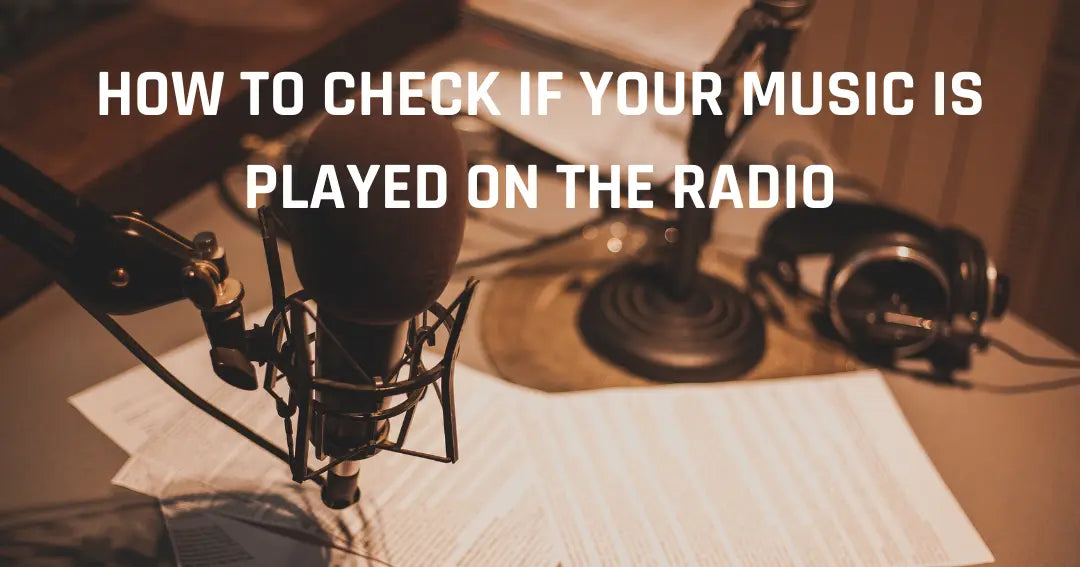Writing songs isn’t just about throwing words on a page and hoping they rhyme (though we’ve all been there). It’s an art, a craft, and—sometimes—a bit of a puzzle. Whether you’re staring at a blank page or fine-tuning your lyrics, improving your songwriting process can take your music from meh to mesmerizing.
So, let’s dive into seven foolproof steps to enhance your songwriting process and make those melodies and lyrics truly shine!

1. Start with a Strong Concept
Every great song has a heart—a central idea that gives it life. Before you touch an instrument or open your notes app, ask yourself:
What story do I want to tll?
What emotion do I want to evoke?
Who is my audience?
This doesn’t mean you need an entire Shakespearean plot. It can be as simple as a phrase, an image, or even a feeling that sparks inspiration. Think "Hello" by Adele—it's just a greeting, but wow, does it hit!
Real-Life Example: Taylor Swift’s "All Too Well"
Taylor Swift is a master of using personal experiences to fuel her songwriting. "All Too Well," now one of her most beloved songs, started as a raw, emotional moment she played around with in the studio. She later refined it, focusing on specific imagery—like a forgotten scarf and autumn leaves—that made the song universally relatable. The lesson? Your personal stories can become someone else’s anthem.
Pro Tip: Keep a songwriting journal or a notes folder with ideas. Random thoughts at 2 AM? Write them down. They might be gold later.
2. Build a Captivating Hook 🎣
If your song were a movie, the hook would be the trailer—the part that gets stuck in your listener’s head for days. It’s usually the chorus, but it could also be a memorable riff or lyric.
A great hook should be:
Catchy but meaningful
Easy to sing along to
Emotionally resonant
Think of some of the biggest songs ever—"Shape of You" (Ed Sheeran), "Stay" (Rihanna), "Uptown Funk" (Bruno Mars)—they all have unforgettable hooks that keep people coming back for more.
Real-Life Example: Nirvana’s "Smells Like Teen Spirit"
Kurt Cobain wasn’t trying to write an anthem when he came up with the hook for "Smells Like Teen Spirit." He was simply strumming some power chords and singing a rough melody. But that unforgettable "Hello, hello, hello, how low" turned into a cultural phenomenon. Sometimes, simplicity is the key to an iconic hook.
3. Structure Your Song Like a Pro 📏
Ever notice how most hit songs follow a similar structure? That’s because a solid structure keeps listeners engaged. Here’s the go-to formula:
Verse 1 → Pre-Chorus (if applicable) → Chorus → Verse 2 → Chorus → Bridge → Final Chorus
Of course, rules are meant to be broken (just ask Billie Eilish), but having a roadmap makes your songwriting process smoother.
Know When to Keep It Simple
Not every song needs a bridge, and not every verse needs to be a poetic masterpiece. If a song feels good, it’s good. Overcomplicating things can kill the vibe.
Real-Life Example: The Beatles’ "Hey Jude"
Paul McCartney’s "Hey Jude" follows a classic structure, but its extended outro ("na-na-na-na") was an unplanned addition. The simplicity and repetition turned it into a legendary singalong moment. Sometimes, letting a song breathe naturally is the best choice.
4. Master the Art of Songwriting ✍️
Lyrics make or break a song. They don’t have to be complex, but they do have to connect with your audience. Here’s how to step up your lyric game:
Show, don’t tell. Instead of "I feel sad," try "Rain hits my window, echoing the ache inside."
Use metaphors and imagery. Paint a picture with words.
Make every word count. If it doesn’t add to the song, cut it.
Find your unique voice. Don’t just copy what’s trending—make it yours.
Real-Life Example: Eminem’s "Lose Yourself"
Eminem crafted the lyrics of "Lose Yourself" by pulling from his own struggles. The intensity of lines like "His palms are sweaty, knees weak, arms are heavy" makes listeners feel the moment. Personal details add depth and authenticity.
5. Melody Matters—A Lot 🎵
A great melody can save mediocre lyrics, but bad melodies? They make even brilliant words fall flat. Experiment with these melody-boosting hacks:
Sing gibberish first. Seriously—just hum or freestyle nonsense over your chord progression.
Follow the emotion. Happy songs often go up in pitch, while sad ones lean lower.
Use repetition wisely. Repeating key lines makes them more powerful (think "Hello from the other side").
Real-Life Example: Adele’s "Someone Like You"
Adele and producer Dan Wilson stripped down "Someone Like You" to its core—a simple yet haunting melody over piano chords. The emotional rawness made it unforgettable. Less is sometimes more.
6. Perfect Your Chord Progressions 🎸
While lyrics and melody take center stage, chords set the mood. Want an emotional ballad? Try a classic I-V-vi-IV progression. Want something fresh? Experiment with unexpected key changes.
Common Chord Progressions:
Happy/Uplifting: C-G-Am-F (the "pop" progression)
Emotional: I-V-vi-IV (used in countless hits)
Mysterious: i-iv-VI-v (common in jazz & R&B)
Real-Life Example: John Mayer’s "Slow Dancing in a Burning Room"
John Mayer often plays with unique chord voicings to create emotional depth. "Slow Dancing in a Burning Room" uses a hauntingly beautiful progression that enhances its melancholic feel. The right chords set the perfect emotional tone.
7. Edit, Refine, and Get Feedback 📝
Finished your song? Not so fast! Editing is where the magic happens.
Play it live. How does it feel? Any awkward lines?
Cut the fluff. If a lyric or note doesn’t serve the song, scrap it.
Get feedback. Ask musician friends or even strangers (the internet is full of opinions).
Record a demo. Hearing it back will highlight what works—and what doesn’t.
Final Thoughts
Songwriting is part science, part magic, and a whole lot of persistence. By following these seven steps, you’ll create music that’s not just heard but felt. Enhance your songwriting process with these tips, keep practicing, and—most importantly—have fun with it!
Now, grab your guitar (or keyboard, or laptop), and start writing your next hit.
Ready to Get Your Music Heard? Join Pitch-Us Today! 🎶
You've got the talent, the songs, and the passion—now it's time to get the exposure you deserve! At Pitch-Us, we connect artists like you with real opportunities to promote your music, grow your audience, and land career-changing placements.
🔥 Why Pitch-Us?
✅ Get your music in front of industry professionals
✅ Boost your streams and fan engagement
✅ Gain real visibility without the guesswork
Don’t let your music sit in the shadows— pitch it, promote it, and push it to the next level!
💥 Try Pitch-Us today and get your music heard by the right people! 💥





Laisser un commentaire
Ce site est protégé par hCaptcha, et la Politique de confidentialité et les Conditions de service de hCaptcha s’appliquent.